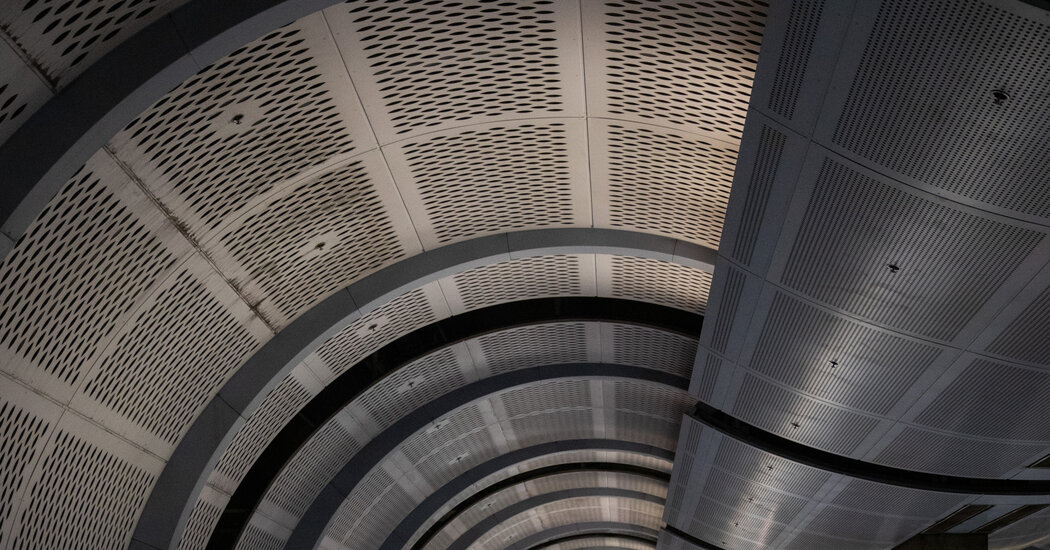There are plenty of free and cheap things to do in Los Angeles. As a traveler, the issue is getting to them. From Los Angeles International Airport, rental cars recently priced out around $75 a day before tax and gas. Taxis and app-based rides between the airport and downtown cost $40 to $70, depending on the time of day. Then there’s overnight parking — $50 to $60 isn’t unusual.
But there is a bargain alternative: the subway, a steal at $1.75 for a ride, $5 for a day pass or $18 for a week.
In Los Angeles, land of traffic jams, the go-to vehicle is the car. But for decades, Los Angeles County’s public transit authority, Metro, has been trying to wean Angelenos from their autos, building more than 100 train stops on seven lines since 1990, including the new K Line, which opened in October, running through South Los Angeles. In June, the Regional Connector Transit Project consolidated downtown connections, making it possible to ride east-west between East Los Angeles and Santa Monica, and north-south between Azusa and Long Beach without transferring. Another extension, due in 2024, will link to Los Angeles International Airport, one among nine future stations set to open before the city hosts the 2028 Summer Olympics.
The system’s utility to residents varies by where they live in the sprawling city. But, said Michael Juliano, the Los Angeles editor of Time Out Media, who has written about the system, “As a tourist, quite a few places you want to go are on a Metro route.”
Nothing makes me feel more familiar with a destination than successfully navigating it. In my view, going places isn’t knowing places unless I can find my way using local modes of transport. When I told friends I was heading to Los Angeles to see the city by subway, one joked that it would be “a very short story.” An Angeleno who admitted she had never taken the train advised I pack pepper spray.
But three days of riding the rails proved them mostly wrong. Not only is the subway well connected to popular sites — from Santa Monica beaches to downtown museums — its trains run frequently. Though my experience was not threatening, the system has struggled with an evident influx of homeless people riding the trains. On several occasions, I rode with Metro ambassadors, employees who travel the system to educate the public and help ensure safety.
In a county that covers more than 4,000 square miles and 88 cities, there were places I couldn’t get to by subway. One tour…
Click Here to Read the Full Original Article at NYT > Travel…
